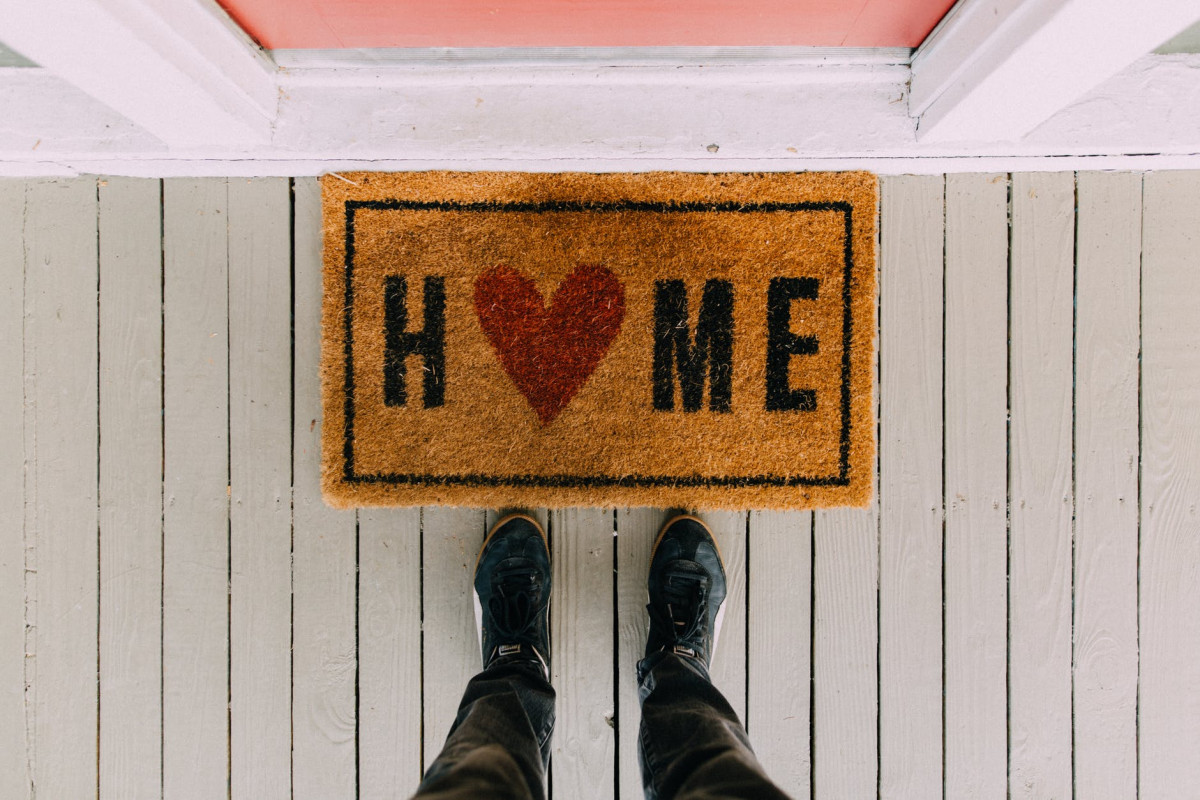This is truly a pain in the butt. But, if you want to migrate devices from one house to another. Right now we work on no less than five homes across the extended family and this leads to all sorts of problems because each Homekit device works different and needs a different reset.
The main reason this was an issue for us is that original Apple One had a five-camera limit per account for storing videos, so with multiple homes, I had multiple Apple accounts, but they removed that limit so now what I want to do is to recreate a bunch of homes with the same underlying Apple Cloud account and save a bunch of money:
- Philips Hue has both its own application and a connection with Homekit. If you want to use the Philips Hue with multiple homes and enable remote control through the Hue application, each Hue bridge needs its own unique user account at meethue.com. What a pain, the only way to get cloud access is to invent a login email for every Hue that you have. That’s quite a pain with three different hue systems. Keeping track is hard too. The easiest way to do this is to label each account by the Hue hub in 1Password and then when you want to check it, you need to be logged into the correct account on meethue.com and you need to be on the same WiFi network when you log in with your browser there and you need to make sure your VPN is disabled. It doesn’t work with NordVPN on. And Hue is very picky, every single device needs to be authorized for home control and I’m pretty sure there’s a bug. Even though I’m logged into the right account and I can see the bridge, it keeps saying, you are logged into the right account. But at least the Homekit way seems to work Ok out of the house
- Apple TV needs a reset. If you have an Apple TV that you move from one to another, the problem is that Apple TV has a notion of a primary account. This is the account that gets you to the right place. The problem is that if you have multiple people in multiple homes, how do you manage this. Turns out that Apple TV allows multiple user accounts on a single Apple TV. And it can get confusing, the best thing to do is to just “reset” your Apple TV and start all over. Then you can have a single master account for all the homes and then various apple permissions will work. Then each user can have an account on the Apple TV with different permissions. If you are using Apple One with the family feature then all the family members by default appear.
- Eufy needs a reset. The Eufy application also has its own notion of rooms and so when you move it, you have to change it in both the Home and the Eufy application which is annoying. Also, you can’t move Eufy cameras from one home to another, they need a full reset and then you adopt it again.
So basically when you take down a home and create a new one, all the bridges and devices need a set. Sigh.
The Strangeness that is Homekit User accounts and permissions and notifications
OK, the next thing that isn’t super well done if you have many homes and users is:
- There is an owner of the house. This is the person who has the base Apple ID. That person sends requests to folks and it is important to click a few things. The first is thing to do is go to your Home application. On an iPhone, it is Home, then select your home and scroll down to Home Settings. And then choose to add the person and then they get an email.
- Homekit Users. Now the confusing thing is that you can’t make or set permission for them until they accept the invitation. Make sure that for people who are administrators, you add, “Add and Edit Accessories” and also for Cameras, you should enable “Stream & View Recordings” because the default is that you can’t see past recordings. There is no general administrative permissions scheme and Allow Explicit contact if they are adults
- Each user, they have different notification settings, you can’t say, everyone gets a notification when someone comes into the house. So after the user has accepted, you have to get a device that they own (yes, all notifications are set per person), so you can’t have a blanket system for all notifications. So if you have say five home members, you need to go to each of their devices and set it. So then click on the Cameras & Doorbells in Home > _that home_ > Home Settings > Cameras & Doorbells. Then for each camera, you have to repetitively go through all the notifications (yes, so if you have say 5 cameras and 4 family members, you doing 20 panes worth of settings, so be prepared to spend an hour with a device from each family member to do).
- Notifications. So for each setting, you drill down and decide if that person needs a notification for that camera, sometimes you don’t want to bother people with interior cameras for example. If you do then I typically set status change and also notify when the camera goes offline for main owner, but not everyone else, this is really a Home IT thing. Then allow snapshots in notifications so people can see what is going on. If you turn notifications on, then you have to decide a bunch of other things. For instance, if you want the notification at any time (you might not want this for an outdoor camera) and if there are people who are recognized.
- Face Recognition. Finally, if you scroll down there is a section on Face Recognition. You have to decide for each person if they want to include their Photo library and then you will see a list of faces and you can decide whether you want a notification or not. The idea here is that you don’t care about familiar people only strangers. Of course, this means that you have to click on this for every face that you see for every person in the family (so you can see what a pain this is) and you have to wait for the system to actually find a face first, so you can’t do this at initial startup, you need to wait for it to collect faces. What is most annoying is that family members are going to get lots of alerts, so you have to keep going back to them to fix this kind of stuff. Argh!
What is really needed is a central administrative system rather than per-user setups for notifications. This is a lot of a person who doesn’t want to do a lot of setups, so instead of it being useful, it just gets turned off.







